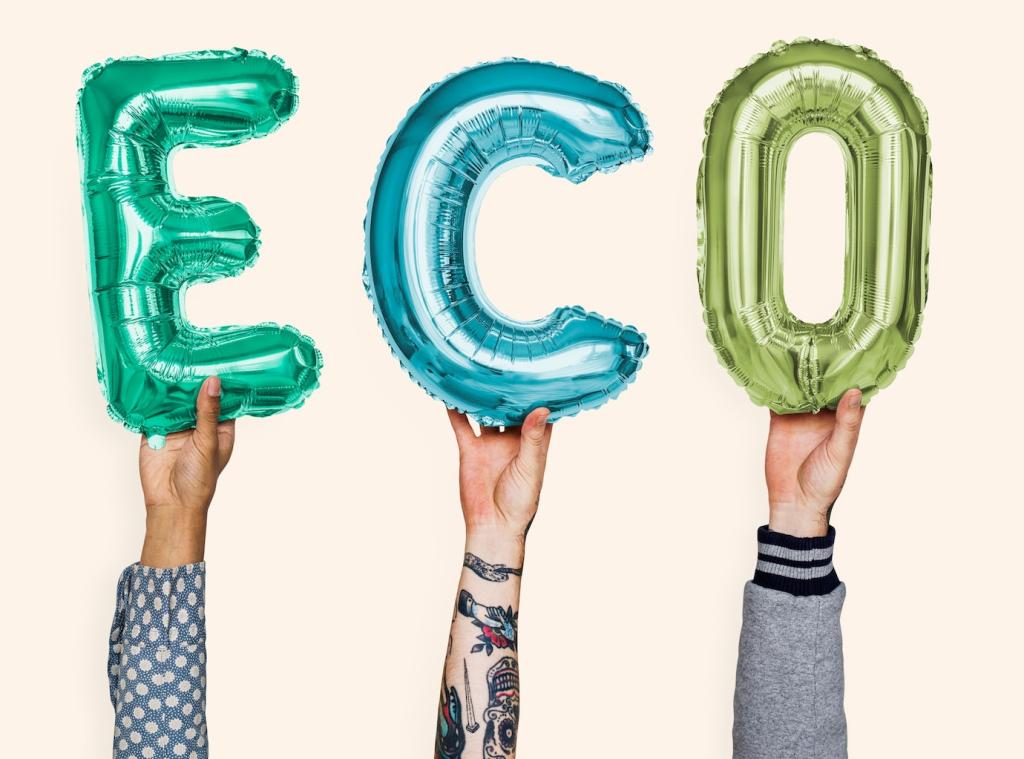Effective Storytelling for Eco-Friendly Homes
Crafting a Sustainable Home Narrative
Connecting Personal Values to Sustainable Choices
An effective story about eco-friendly homes often begins with a personal awakening to environmental concerns. When storytellers draw connections between core values—such as health, community, and stewardship—and their choice to design or live in an eco-friendly home, the narrative gains authenticity and depth. This connection not only sets the stage for sharing practical solutions but also encourages empathy, helping listeners see how sustainable choices align with their own beliefs and aspirations, transforming ideals into action.
Overcoming Challenges and Obstacles
A compelling eco-friendly home story doesn’t shy away from the obstacles encountered on the path to sustainability. Detailing difficulties, such as navigating building codes, sourcing ethical materials, or confronting budget constraints, lends realism and relatability to the narrative. By sharing strategies and resilience in overcoming these hurdles, storytellers foster trust and provide valuable insights to others embarking on a similar journey. This transparency helps demystify sustainable living, breaking down perceived barriers through genuine experience.
Celebrating Milestones and Impact
The heart of an impactful story lies in celebrating both small and significant achievements on the road to an eco-friendly lifestyle. Milestones like the completion of a solar installation, achieving energy efficiency milestones, or seeing reduced utility costs become touchstones within the narrative. Sharing the resulting environmental and personal benefits reinforces the tangible rewards of sustainable choices, offering inspiration and practical hope to those still considering such changes in their own homes.
Engaging Audiences with Authenticity
Sharing Real-Life Testimonials
First-person stories, testimonies, and interviews with homeowners or builders offer an intimate glimpse into the lived experience of eco-friendly home design. These narratives allow audiences to relate to real-world scenarios, from daily life adjustments to long-term lifestyle transformations. When individuals genuinely recount their motivations, surprises, and lessons learned, their voices resonate with authenticity, fostering a stronger connection and prompting others to explore similar paths toward sustainability.


Highlighting Everyday Sustainable Practices
Effective storytelling not only focuses on major green features but also spotlights practical, everyday habits that contribute to eco-friendly living. By sharing routines—like water conservation, waste reduction, or eco-conscious purchasing—narratives encourage audiences to see sustainability as accessible and incremental. Emphasizing manageable practices demystifies green living, showing that positive change is within everyone’s reach and can begin with even the smallest of steps in daily life at home.
Visualizing the Eco-Friendly Home Journey
Narratives that delve into the inspiration behind eco-friendly home features make the story relatable and aspirational. Discussing influences—whether rooted in nature, tradition, or innovative technology—allows storytellers to reveal what guided their choices in layout, materials, or aesthetics. Audiences are drawn into the creative process, gaining an understanding of how beauty and function merge within environmentally conscious spaces, and are motivated to reflect these inspirations in their own homes.
